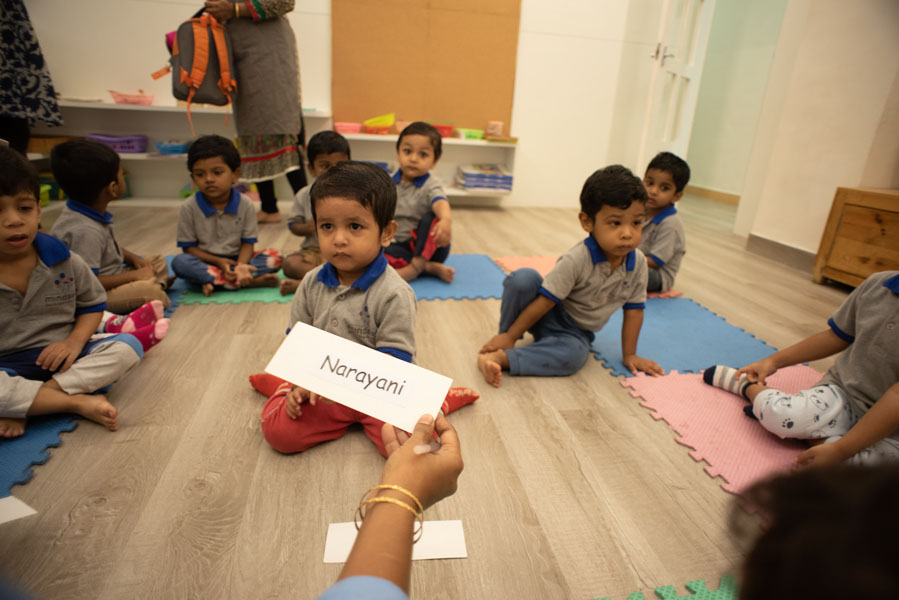In the field of child development, where gaining skills is crucial, a theory that is similar to the story of Goldilocks and the Three Bears is emerging. Just as Goldilocks sought the “just right” porridge, chair, and bed, the meaning of the Goldilocks approach has found its way into the realm of education, offering a remarkably effective strategy to facilitate faster learning in children. This approach taps into the intricate nuances of cognitive development, offering tailored tips for fast learning that strike a harmonious balance between challenge and comfort.
Deciphering Goldilocks Meaning
Before delving into how the Goldilocks approach aids in children’s faster learning, it’s essential to comprehend its meaning. The term “Goldilocks” means and stems from the well-known fairy tale where Goldilocks, a curious young girl, ventures into the home of three bears. She encounters varying degrees of porridge temperature, chair size, and bed comfort. Eventually, she discovers the middle ground – the “just right” state – symbolising the optimal balance between extremes. This notion of balance, when applied to child development, entails finding the sweet spot where challenges are neither overwhelming nor underwhelming, thereby nurturing accelerated learning.
The Intricacies of Child Development and Faster Learning
Child development is a complex interplay of physical, cognitive, emotional, and social growth. The early years are particularly crucial, as they lay the foundation for future learning. Harnessing the innate curiosity and malleability of young minds, the Goldilocks approach tailors learning experiences to be neither too simplistic nor too complex.
The Goldilocks Approach: A Nuanced Strategy
The Goldilocks approach operates on the premise that children’s learning techniques are most effective when the difficulty level of a task is precisely calibrated. Tasks that are too easy may lead to boredom, stunting intellectual growth, while tasks that are too difficult can result in frustration and discouragement, hindering progress. By finding the optimal middle ground, children are encouraged to engage in activities that stimulate their curiosity, foster critical thinking, and nurture their problem-solving skills – all of which are paramount in the pursuit of faster learning.
Tailored Learning Experiences for Faster Learning
One of the most remarkable aspects of the Goldilocks approach is its adaptability. It recognises that each child is unique, and therefore, learning techniques must be customised to match their pace and interests. This personalised approach allows educators to design tips for fast learning that pique a child’s curiosity, while still stretching their cognitive abilities. By offering a variety of tasks with varying degrees of difficulty, children are empowered to explore new horizons while remaining within their cognitive comfort zone.
Mindseed’s Approach Towards Implementing the Goldilocks Method
Assessment and Observation
In order to successfully implement the Goldilocks approach, consistent evaluation and observation are crucial. By tracking a child’s progress and assessing their performance levels, both we and the parents can make informed decisions about their learning journey.
Gradual Progression
Much like Goldilocks’ journey through the bears’ house, learning should follow a gradual progression. We start with tasks that are slightly challenging yet achievable and gradually introduce more complex challenges as the child’s skills develop.
Encourage Exploration
Just as Goldilocks explored the bears’ home, children should be encouraged to explore various subjects and disciplines. This fosters a well-rounded development and helps children discover their passions.
Provide Constructive Feedback
Constructive feedback is crucial in the Goldilocks approach. It helps children understand their strengths and areas for improvement, fostering a growth mindset and an eagerness to learn.
Closing Thoughts
The Goldilocks method shines as a light of effective learning in the complex fabric of child development. This method taps into young minds’ natural curiosity and flexibility by embracing the delicate balance between challenge and comfort. Children are led towards tasks and situations that encourage their intellectual growth without being overbearing, much like Goldilocks’ quest for the ideal porridge.


